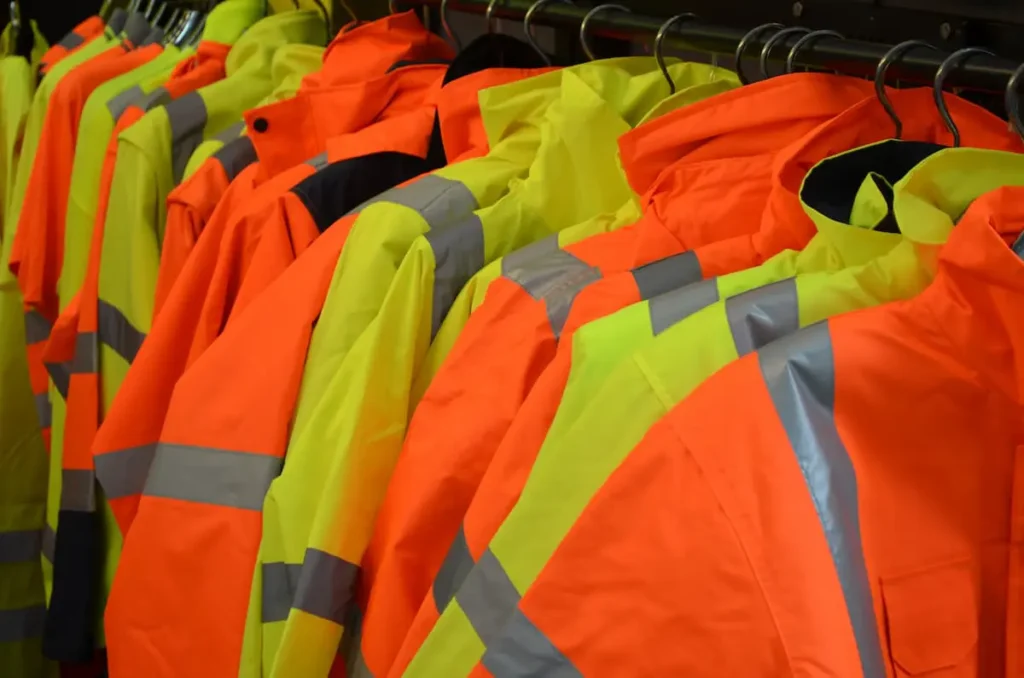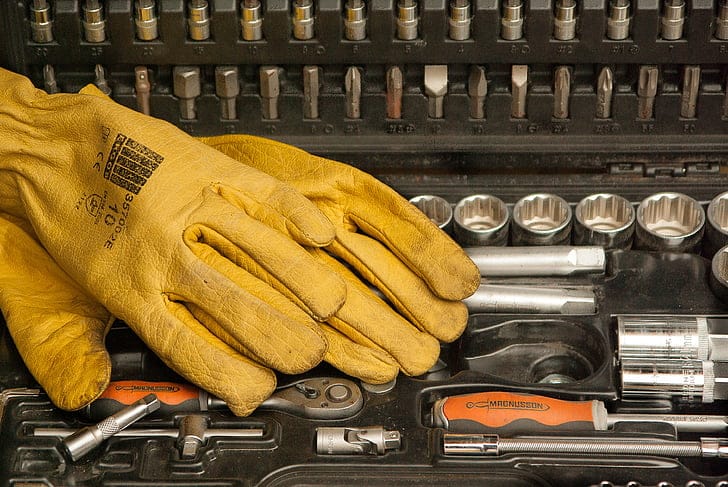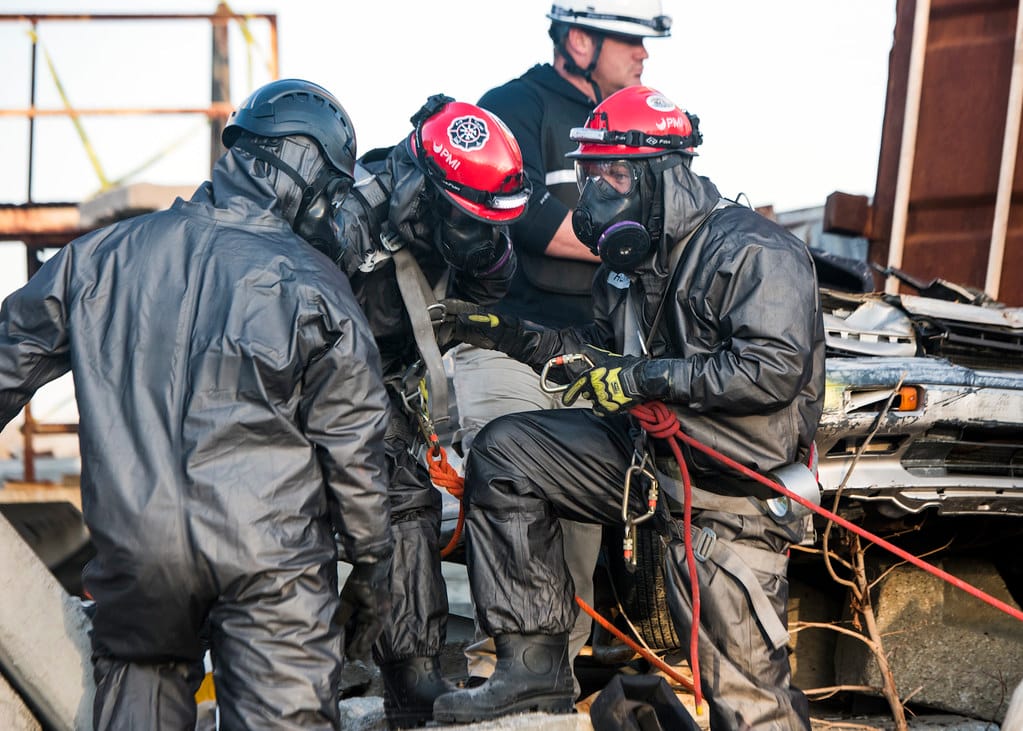
If you’ve been sourcing PPE for a decade, your mental map of “where things come from” probably looks very different today than it did five years ago. The old rule—China for everything—still works for high-spec, complex items. But for simpler garments or when speed is critical, buyers are increasingly splitting their orders across multiple regions.
In 2025, sourcing is being shaped by four main forces: rising wages in traditional hubs, geopolitical tensions, freight cost volatility, and sustainability demands. The result? Buyers are building layered sourcing strategies—keeping a stable core supply in proven hubs while experimenting with emerging regions for cost and flexibility.
PPE sourcing in 2025 is shifting beyond China to include Vietnam, Bangladesh, India, Turkey, and Eastern Europe. Rising wages, tariff risks, and sustainability demands are driving multi-region sourcing strategies. China retains dominance for high-spec PPE, while emerging hubs offer competitive pricing for simpler items with varying compliance levels.
Why Sourcing Regions Are Changing
1. Rising Wages in Traditional Hubs
In the last five years, China’s manufacturing wages have risen by 6–8% annually, with inland provinces catching up to coastal rates.
- Example: A US buyer producing basic cotton coveralls in Shandong saw unit prices rise 14% in three years—despite no design changes.
- Buyer Response: Shifted 40% of coverall production to Bangladesh for a 22% cost saving, but kept complex, multi-pocket designs in China for quality control.
- Data Point: According to the China Labour Bulletin, average monthly manufacturing wages in 2024 reached ¥6,200 (~$860).
2. Geopolitical Tensions and Tariffs
Trade disputes and tariff changes can hit overnight.
- Example: In 2023, a 7.5% US tariff on certain PPE from China pushed a Florida importer to open accounts with Vietnamese and Malaysian factories.
- Regional Note: Vietnam’s network of free trade agreements with the EU, UK, and CPTPP countries gives it an edge in certain markets.
3. Freight Cost Volatility
The pandemic showed how fragile freight pricing can be—and even now, container rates swing seasonally by 20–40%.
- Example: A French buyer moved part of hi-vis jacket production to Turkey. Even with higher labor costs, the shift cut total landed cost by 8% thanks to faster delivery and no sea freight dependency.
- Buyer Tip: Nearshoring isn’t always cheaper FOB—but it can be cheaper landed cost.
4. Sustainability Demands
Eco-compliance is no longer a “nice-to-have” for tenders—especially in Europe and Japan.
- Example: A Japanese importer began sourcing recycled polyester rainwear from Thailand to win government eco-contracts. Unit costs were higher by 9%, but tender win rate increased enough to offset it.
- Trend: Countries with local access to sustainable raw materials (like recycled PET) are climbing the sourcing map.
Real-World Buyer Cases
Case #1 – US PPE Importer
Moved 25% of nitrile glove sourcing to Malaysia and Vietnam to balance tariff exposure and production capacity. Maintained China orders for custom designs requiring precision.Case #2 – French Municipal Buyer
Shifted 30% of hi-vis jacket orders to Eastern Europe for seasonal tenders requiring fast delivery. Lead times dropped from 65 days (China) to 28 days (Romania).Case #3 – Australian Workwear Brand
Consolidated all cotton work trouser production in India for access to better fabric mills and dyeing capacity. Quality improved, and average defect rates fell from 4.5% to 2.1%.Case #4 – Middle East PPE Distributor
Added Bangladeshi supplier for basic polycotton coveralls. Saved 18% on unit cost, but had to invest in stronger on-site QC to maintain compliance.
Regional Cost & Risk Comparison – 2025 Snapshot
| Region | Average Labor Cost (USD/hour) | Compliance Track Record | Freight Time to EU | Risk Score* | Best For |
|---|---|---|---|---|---|
| China | 4.80–5.50 | Excellent | 28–35 days | 2/5 | High-spec PPE, multi-component garments |
| Vietnam | 3.20–3.80 | Good | 30–37 days | 3/5 | Gloves, outerwear, mid-tier complexity |
| Bangladesh | 1.50–2.20 | Variable | 35–42 days | 4/5 | Basic coveralls, cotton workwear |
| India | 1.80–2.50 | Fair | 33–40 days | 3/5 | Cotton blends, uniforms |
| Turkey | 5.50–6.50 | Good | 7–12 days | 2/5 | Seasonal apparel, urgent orders |
| Eastern Europe | 6.00–7.50 | Excellent | 5–10 days | 1/5 | Tender-based contracts, quick-turn PPE |
*Risk score based on political stability, infrastructure reliability, and compliance consistency (1 = lowest risk, 5 = highest risk).
Profit Impact Model – Diversified Sourcing
Example for a mid-sized EU buyer sourcing 100,000 PPE units annually:
| Scenario | Average Unit Cost (USD) | Freight & Tariff Cost | Annual Gross Profit |
|---|---|---|---|
| 100% China | 8.50 | $1.20 | $1,030,000 |
| 70% China + 30% Vietnam | 8.10 | $1.15 | $1,072,000 |
| 50% China + 30% Vietnam + 20% Eastern Europe | 8.50 | $0.95 | $1,096,000 |
Key Takeaway: Even if Eastern Europe has higher FOB prices, lower freight and faster delivery can increase annual gross profit.
Common Procurement Mistakes in Regional Shifts
-
Chasing Lowest FOB Price Only
Often leads to higher landed costs when freight, tariffs, and QC expenses are factored in. -
Underestimating QC Requirements
Emerging markets can meet specs, but only with strong inspection routines. -
Moving Everything at Once
Phased diversification reduces disruption risk. -
Ignoring Currency Risk
Exchange rate swings can erase cost savings. -
Neglecting Relationship Depth
New suppliers need onboarding—without it, miscommunication risk increases.
Cost-Benefit Snapshot of Multi-Region Sourcing
| Benefit | Typical Annual Gain | Example |
|---|---|---|
| Freight Savings | 5–12% | Nearshoring from Turkey for EU buyers |
| Tariff Avoidance | 3–8% | Moving gloves from China to Vietnam |
| Lead Time Reduction | 30–60% | Eastern Europe for seasonal tenders |
| Risk Diversification | Hard to quantify, but critical | Avoided single-source factory shutdown loss |
| Sustainability Compliance Advantage | Increased tender win rate | Using recycled polyester from Thailand |
Buyer FAQ – Extended
Q1: How do I decide which SKUs to shift?
A: Start with low-complexity, low-regulation products—these are less risky in new regions.
Q2: Is dual-country sourcing more expensive?
A: It can raise unit costs slightly but reduces risk and can improve tender competitiveness.
Q3: Should I use the same QC process for all regions?
A: No—emerging markets usually require more frequent and detailed inspections.
Q4: How do I handle smaller production runs in high-cost regions?
A: Use them for urgent orders or public-facing contracts where speed and aesthetics justify cost.
Q5: Will nearshoring replace Asia completely?
A: Not in PPE—Asia’s capacity and specialization remain unmatched for most categories.
Procurement Checklist
- [ ] Map current supplier base by region, volume, and SKU type
- [ ] Identify cost, compliance, and lead time targets for each product category
- [ ] Select one low-complexity SKU for pilot production in new region
- [ ] Set up QC protocols adapted to each sourcing country
- [ ] Negotiate contracts with clear freight, tariff, and compliance terms
- [ ] Track landed cost, not just FOB price, when comparing regions
- [ ] Review sourcing map every 6–12 months for adjustment
Conclusion
In 2025, PPE sourcing is no longer about finding “the cheapest country.” It’s about building a balanced portfolio—leveraging proven hubs for complexity and compliance, while using emerging markets for cost competitiveness and risk diversification.
Buyers who master this mix will not only survive supply chain shocks but will also win tenders and grow margins in an unpredictable market.
📩 Need multi-region PPE sourcing strategies?
Email: [email protected]
🌐 www.workwearsolutions.net
Zion Zhang
Recent Posts
 Technology in PPE: How Smart Features Are Changing Buyer Expectations2025年8月9日When I first saw a “smart helmet” at an expo in 2018, I […]
Technology in PPE: How Smart Features Are Changing Buyer Expectations2025年8月9日When I first saw a “smart helmet” at an expo in 2018, I […] Sustainability in PPE: How Eco Standards Are Reshaping Buyer Decisions2025年8月9日Five years ago, “eco-friendly PPE” was a novelty—something […]
Sustainability in PPE: How Eco Standards Are Reshaping Buyer Decisions2025年8月9日Five years ago, “eco-friendly PPE” was a novelty—something […] Post-Pandemic PPE Demand: What Buyers Should Expect in 2025 and Beyond2025年8月9日If you were in PPE procurement during 2020, you probably […]
Post-Pandemic PPE Demand: What Buyers Should Expect in 2025 and Beyond2025年8月9日If you were in PPE procurement during 2020, you probably […] Compliance and Certification Updates: What PPE Buyers Need to Know in 20252025年8月9日If you’ve been in PPE sourcing long enough, you’ve probably […]
Compliance and Certification Updates: What PPE Buyers Need to Know in 20252025年8月9日If you’ve been in PPE sourcing long enough, you’ve probably […] AI in PPE Supply Chains: Smarter Sourcing and Inventory Management2025年8月9日Three years ago, if you had told a PPE buyer that […]
AI in PPE Supply Chains: Smarter Sourcing and Inventory Management2025年8月9日Three years ago, if you had told a PPE buyer that […] From Function to Fashion: How Workwear is Entering the Mainstream2025年8月9日Ten years ago, the idea of wearing a hi-vis jacket or […]
From Function to Fashion: How Workwear is Entering the Mainstream2025年8月9日Ten years ago, the idea of wearing a hi-vis jacket or […]
CONTACT US
- Feel free to contact us any time. We will get back to you as soon as we can!
- +86-17330061805
